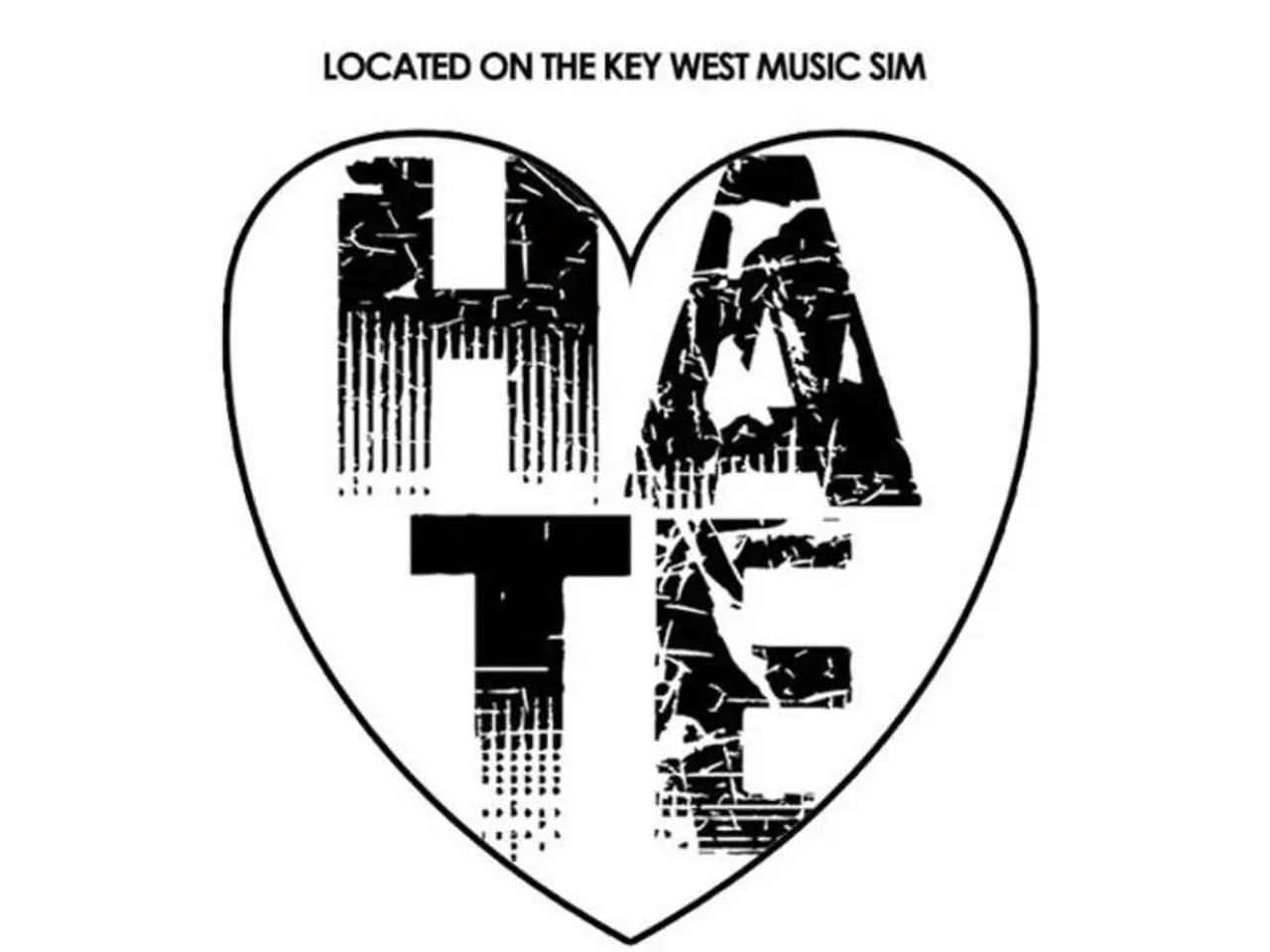State-sponsored hacking group targeted further Microsoft users
In a series of recent disclosures, Microsoft has notified additional enterprise customers that their emails were compromised by the state-linked Midnight Blizzard threat group. The latest revelation comes after the company admitted in January that hackers had gained access to some source code repositories and internal systems.
Katell Thielemann, a distinguished VP analyst at Gartner, emphasized that a cyber event is not a 'just in time' event, highlighting the need for proactive security measures. The evolving role of Chief Information Security Officers (CISOs) is to better understand the risk calculus of their technology stacks, answering the question: Are we a target? Corporate stakeholders share this sentiment, wanting to better understand the risk calculus of their technology stacks.
The Midnight Blizzard threat group, known for conducting large-scale, highly targeted spear-phishing campaigns, has been using password-spray attacks to compromise a legacy, non-production test tenant account. This Russian cyber espionage actor, historically recognized for spear-phishing, use of commodity and custom tools, and leveraging access to network infrastructure, has shown a blend of persistence, creativity, and adaptability in exploiting human and technical weaknesses in enterprise environments.
The group's campaign involves distributing emails that appear legitimate but carry RDP files configured to connect victims’ machines to attacker infrastructure, facilitating network access and potential credential harvesting. Their targeting spans multiple sectors, emphasizing high-value entities with sensitive information. This activity reflects Midnight Blizzard’s long-standing pattern of leveraging sophisticated social engineering to infiltrate organizations of geopolitical and strategic interest.
The compromised emails of Microsoft's customers were accessed by the Midnight Blizzard threat actor, leading to the theft of some federal agency credentials after intercepting data shared between Microsoft and the Cybersecurity and Infrastructure Security Agency. Microsoft President Brad Smith took ownership for the compromises and promised wholesale changes under a program called the Secure Future Initiative.
The notifications mark the latest in a series of rolling disclosures by Microsoft since the hacks were originally discovered in January. HPE also disclosed Midnight Blizzard attacks against its Microsoft environment. Customers who received the notifications expressed concerns on social media, fearing potential phishing attempts.
The new disclosures were first reported by Bloomberg. The Cyber Safety Review Board criticized Microsoft in an April report for a compromise last summer by China-linked threat actors that stole tens of thousands of State Department emails. This latest incident underscores the need for continued vigilance and proactive security measures in the face of persistent cyber threats.
- Katell Thielemann's emphasis on proactive security measures becomes even more crucial in light of the continued cyber threats, such as the Midnight Blizzard threat group's use of password-spray attacks and sophisticated social engineering.
- The evolving role of Chief Information Security Officers (CISOs) is further emphasized in the political and general-news sphere, as cybersecurity threats like the Midnight Blizzard hack impact not only technology but also government entities and high-value entities with sensitive information.




